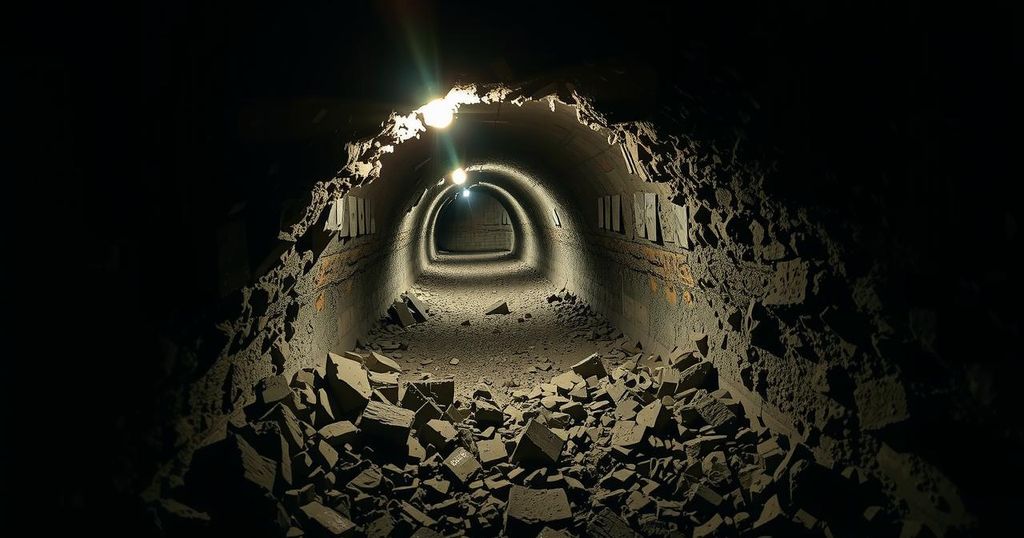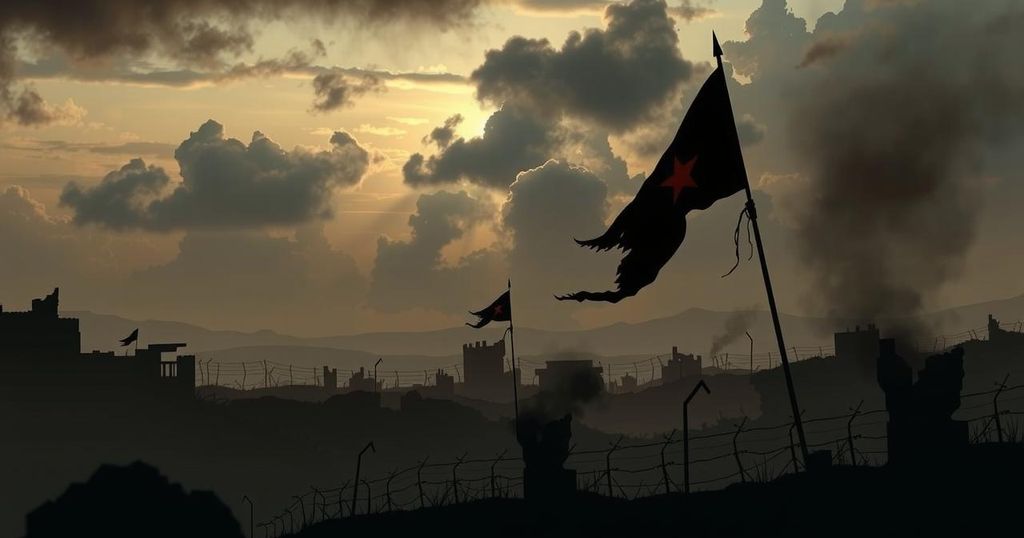Hezbollah, Military Legacy, and the Echoes of the Lebanese Civil War
Hezbollah’s Imad 4 underground missile facility reflects the enduring impact of the Lebanese Civil War on individual memory and national identity. Hazem El-Amin’s recollections reveal a connection between past and present struggles, illuminating the ongoing challenges Lebanon faces in governance and social cohesion following decades of conflict.
Hezbollah’s recent unveiling of its Imad 4 underground missile facility has stirred memories of the Lebanese Civil War for many, including writer Hazem El-Amin. As El-Amin recounts, the footage evokes a time when he was transported to fight in the mid-1980s, during a period marked by division and destruction. He reflects on the stark contrast between the current imagery associated with Hezbollah and the chaotic, grim existence of combatants during the war years. The memories prompted by the footage reveal the enduring scars of war in the town of Dhour El Choueir, where remnants of destroyed homes serve as a testament to the past. El-Amin recalls being dispatched to artillery positions with the aim of bombarding opposing forces, experiencing firsthand the tension and adrenaline of conflict. His reflections lead him to consider the legacy of the Lebanese Civil War and the complexities surrounding Hezbollah’s role in both the conflict and contemporary Lebanese politics. The current state of Lebanon, still grappling with issues of governance and electrical shortages, juxtaposes sharply with the nostalgia that the tunnels invoke. The recent blackouts across the country contrast with the localized privatization of electricity in towns like Dhour El Choueir, underscoring a divided reality in the aftermath of war. El-Amin’s journey reveals the deep connections between past and present, as well as the haunting echoes of war that continue to shape the Lebanese experience today.
The Lebanese Civil War (1975-1990) was a multifaceted conflict driven by tensions primarily between Christian and Muslim communities, exacerbated by socioeconomic divisions and external interventions. The introduction of Hezbollah in 1982 marked a significant shift in the military and political landscape, as the group arose in resistance to the Israeli invasion and began to establish itself as a key component of Lebanese Shia identity and political power. The consequences of this tumultuous era are still felt today, influencing both social dynamics and governmental structures in Lebanon.
In summary, the unveiling of Hezbollah’s Imad 4 facility has not only reignited memories of the devastating Lebanese Civil War but also underscored the persistent divisions and complex legacies that define contemporary Lebanon. Hazem El-Amin’s reflections highlight the intertwining of personal and collective memories of conflict, while also illustrating the socio-political challenges that continue to emerge in post-war society.
Original Source: worldcrunch.com








Post Comment